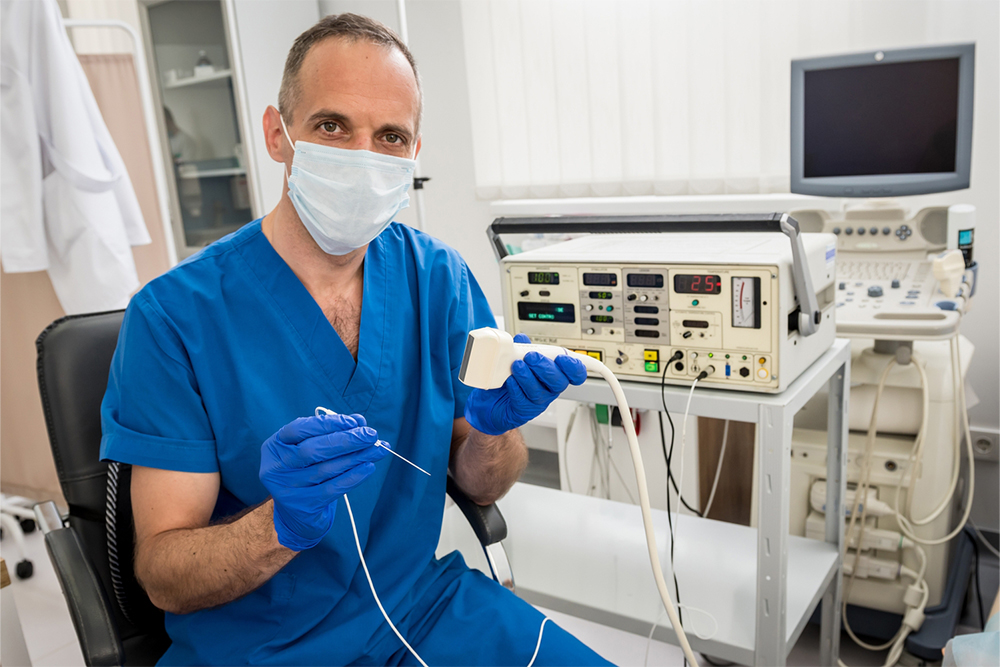Early Detection of Abdominal Aortic Aneurysm: Recognizing the Warning Signs
Early detection of abdominal aortic aneurysm is vital to prevent life-threatening rupture. Recognizing symptoms like persistent abdominal pain, pulsatile mass, lower back discomfort, and signs of shock can save lives. This comprehensive guide highlights the importance of routine screening and prompt medical intervention for high-risk individuals to ensure timely diagnosis and effective treatment.

Early Detection of Abdominal Aortic Aneurysm: Recognizing the Warning Signs
The aorta is the largest blood vessel in the human body, serving a critical function by supplying oxygen-rich blood from the heart to the entire body. Under certain circumstances, this vital artery can weaken over time, leading to a localized bulge or dilation called an aneurysm. When the aneurysm enlarges significantly—progressing to more than 1.5 times its normal diameter—it poses a serious risk of rupture. An abdominal aortic aneurysm (AAA) is particularly dangerous because a rupture results in massive internal bleeding, which can be fatal if not promptly treated. Understanding and recognizing the early warning signs of AAA are essential steps toward prevention and timely medical intervention.
Typically, an abdominal aortic aneurysm develops gradually, often without noticeable symptoms initially. Many individuals remain unaware until a critical event such as rupture occurs. This silent progression underscores the importance of routine screening, especially for high-risk populations, to detect aneurysms before they become life-threatening.
Knowing the early signs of an abdominal aortic aneurysm can make a crucial difference in outcomes. While many symptoms are subtle or nonspecific, there are specific indicators that warrant immediate medical evaluation. Recognizing these symptoms promptly can lead to early diagnosis, successful treatment, and the prevention of catastrophic rupture.
Persistent Abdominal Discomfort
One of the hallmark symptoms of an expanding or ruptured AAA is a persistent, deep-seated pain in the abdomen. Individuals may describe this as a dull, throbbing, or stabbing sensation that occurs between the navel and the chest area. This discomfort does not typically resolve with rest or positional changes. In some cases, the pain can become severe enough to cause an individual to double over, indicating an urgent need for medical evaluation.
Pulsatile Abdominal Mass and Tenderness
A distinctive feature of AAA is a pulsating mass that can be felt through the abdominal wall. This pulsation often correlates with the heartbeat, indicating an enlarged and actively expanding aorta. When detected, healthcare providers can often reproduce the discomfort with gentle palpation, and tenderness around the area may also be observed. Feeling this pulsating mass is a key diagnostic clue, especially when combined with other signs and symptoms.
Lower Back Pain and Discomfort
As the aneurysm enlarges, pain can radiate from the abdomen to the lower back. The proximity of the aorta to the spine accounts for this referred pain. Patients might also experience discomfort in the groin, pelvis, or legs, especially if the aneurysm presses against surrounding structures. These symptoms are often mistaken for common back problems, but persistent or worsening pain should prompt further medical attention.
Signs of Internal Shock and Hemorrhage
When an aneurysm ruptures, rapid internal bleeding can lead to shock, a life-threatening condition. Symptoms of shock include rapid heartbeat, cold and clammy skin, shallow and rapid breathing, confusion, sweating, anxiety, agitation, and fainting spells. Recognizing these signs early can be vital for emergency intervention and can significantly improve survival chances.
Drop in Blood Pressure and Dizziness
Internal bleeding resulting from an AAA rupture can cause a sudden drop in blood pressure, leading to dizziness and lightheadedness. Affected individuals may experience nausea, vomiting, blurred vision, and weakness, especially when standing for prolonged periods. These symptoms often worsen quickly and require immediate emergency services.
In conclusion, while abdominal aortic aneurysm often remains silent during early stages, awareness of its warning signs is critical. Persistent abdominal pain, a pulsatile abdominal mass, lower back discomfort, and symptoms of shock or internal bleeding are key indicators that should never be ignored. Early detection through routine screening, especially for high-risk groups such as older adults, smokers, or those with a family history of aneurysm, can save lives. If you or a loved one experience any of these symptoms, urgent medical evaluation is imperative to diagnose and treat the condition before catastrophic rupture occurs. Regular health check-ups and imaging tests like ultrasound or CT scans are effective tools for early detection and management, reducing the risk of morbidity and mortality associated with abdominal aortic aneurysm.





